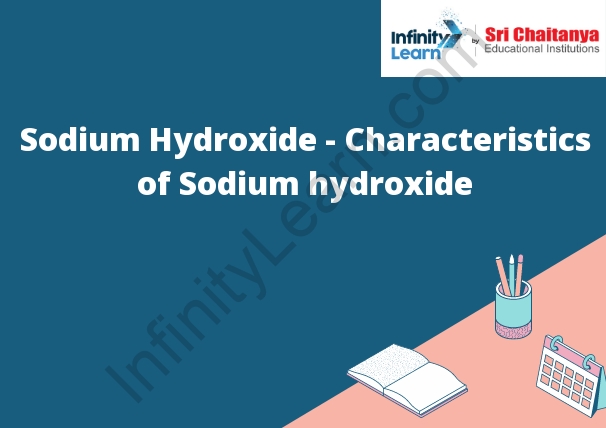Sodium Hydroxide – Characteristics and Manufacturing Process of Sodium Hydroxide
Sodium hydroxide is a strong alkaline caustic substance with the molecular formula NaOH. It is a white solid that is highly soluble in water, forming a strongly alkaline solution. It is produced industrially by the electrolysis of sodium chloride solution.
The electrolysis of sodium chloride solution produces chlorine gas and hydrogen gas. The chlorine gas is used to produce caustic soda (sodium hydroxide) by the reaction
2 NaCl(aq) → Cl2(g) + 2 Na+(aq)
The hydrogen gas is used to produce hydrogen chloride gas by the reaction
H2(g) + Cl2(g) → 2 HCl(g)

Sodium hydroxide is a strong base that is used in many industrial and commercial applications. It is a white solid that is soluble in water. When dissolved in water, it dissociates into sodium ions and hydroxide ions. The hydroxide ions are what make sodium hydroxide a strong base.
Sodium hydroxide is used in many industrial and commercial applications. It is used as a degreaser, a descaler, a rust remover, and a drain cleaner. It is also used in the manufacture of soap, paper, and textiles.
Sodium hydroxide is a white solid that is soluble in water. When dissolved in water, it dissociates into sodium ions and hydroxide ions. The hydroxide ions are what make sodium hydroxide a strong base




